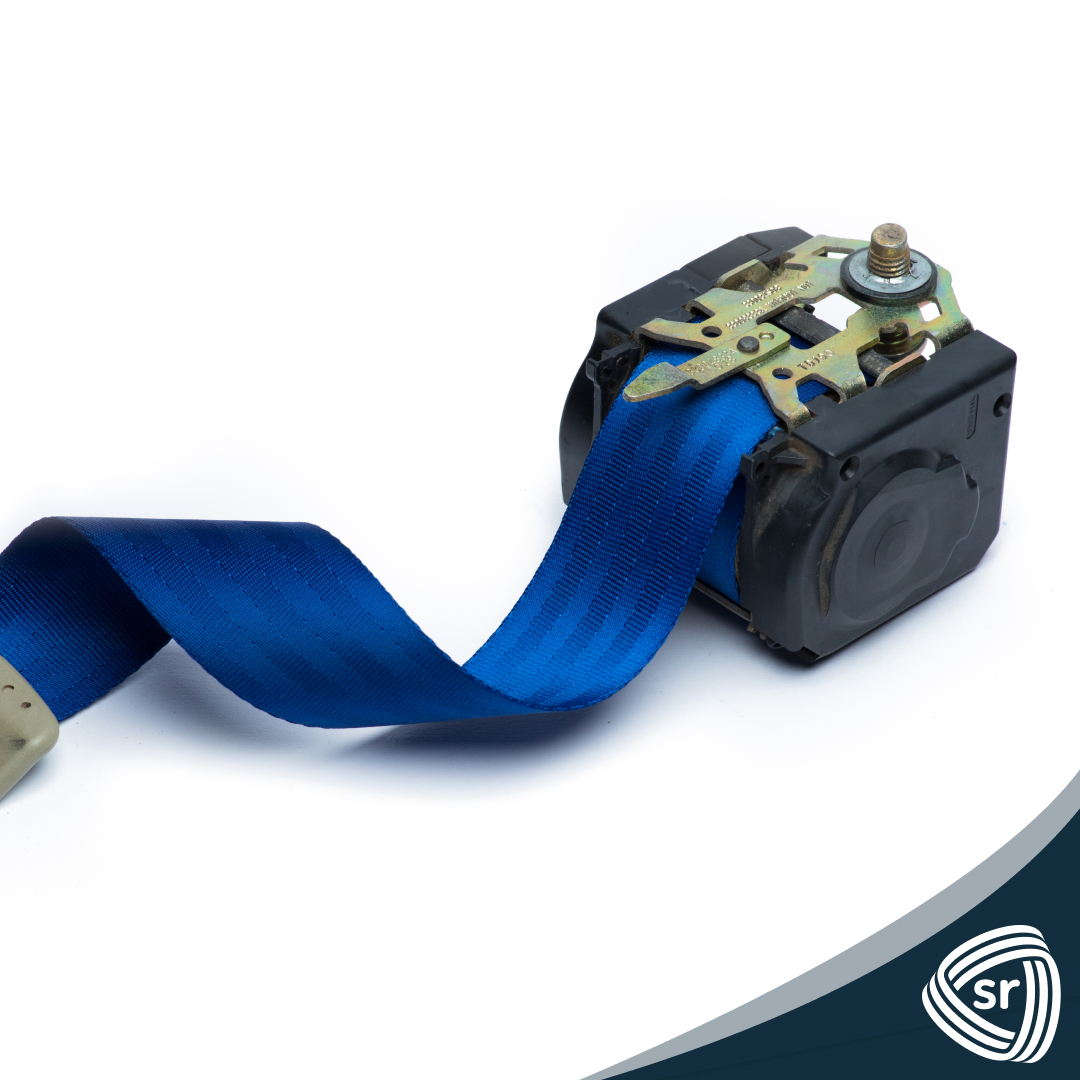
If you’re wondering how the seat belt tensioner works within the entire seat belt mechanism as a whole, read on. There is quite a bit to learn when it comes to this important component of a safety belt.
First and foremost, the seat belt tensioner, or pre-tensioner, is also simply known as the buckle. It is the female portion of the seat belt, where the retractor plugs into. The pretensioner also has a few other key functions. It works to tighten up any slack found in the material webbing when a crash or sudden stops occurs. In contrast to the conventional locking mechanism in a retractor that prevents the seat belt from further extension, the pretensioner actually pulls in on the seat belt. Occupants of a vehicle can achieve their optimal crash position because of this force. Pretensioners typically work alongside the regular locking mechanisms; they do not replace them.
There are many different types of pretensions available on the market. Some of them pull the whole retractor assembly backward while others rotate the spool. Usually, there is some wiring that attaches the pretensioner to the same central control processor that initiates the airbags in the vehicle. The processor works to monitor any electronic or mechanical motion sensors that react to sudden deceleration when a collision occurs. When a collision is detected, the processor activates the pretensioner, and then the airbag after that.
Most pre-tensioners today use pyrotechnic technology to operate and pull in the seat belt webbings. A compartment of combustible gas—inside of which there is a smaller chamber with explosive igniter material—makes up the central element of the seat belt pretensioner. The smaller compartment is manufactured with two electrodes that are wired to the central processor.
When the processor identifies an impact, an electrical current is right away applied across the electrodes. The spark lights up the igniter material, which explodes to ignite the gas in the compartment. The burning gas creates a lot of outgoing pressure that then can push on a piston found in the chamber—letting it move upward at a high speed. On the side of the piston, there is a rack gear. When the piston shoots up, the rack gear employs a gear that is attached to the retractor spool assemblage. The slack seat belt webbing can then be winded up due to the speeding rack urgently rotating the spool.

